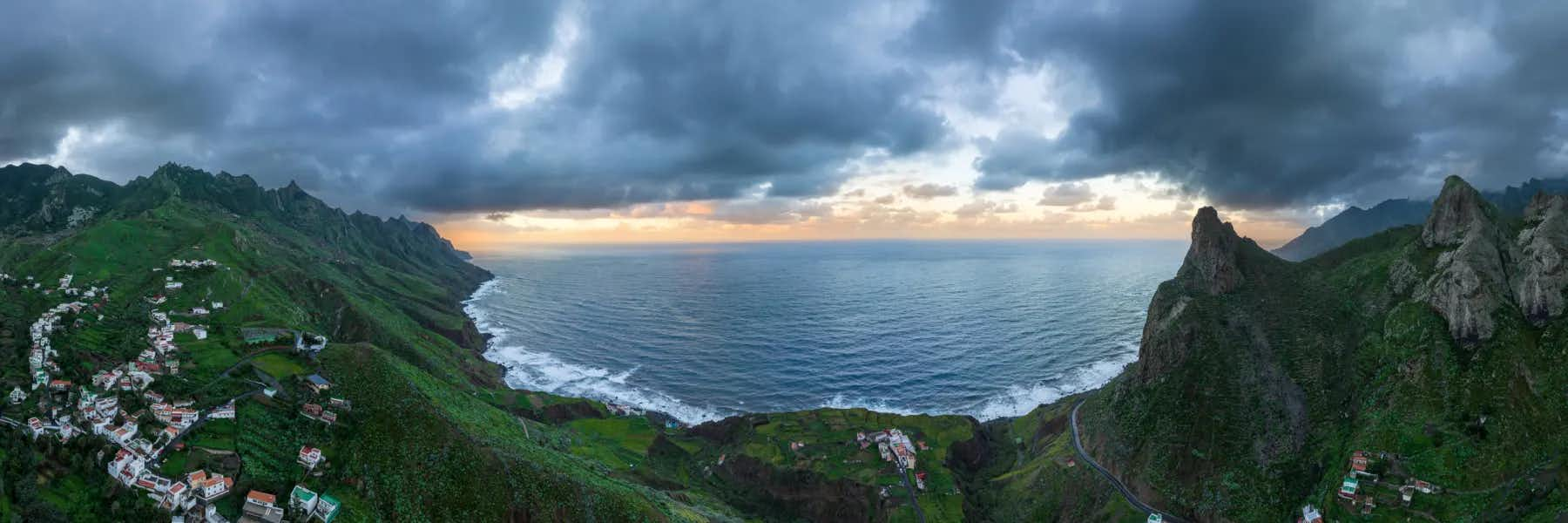Spain is blessed with natural beauty, and nowhere is this more evident than in its 16 national parks. Spanning the Iberian Peninsula, the Canary Islands, and the Balearic Islands, these parks protect some of the most stunning landscapes in the country. There is something for everyone in Spain's national parks, from snow-capped mountains to pristine coastal wetlands. If you're looking for an adventure in Spanish nature, look no further!
1. Aigüestortes i Estany de Sant Maurici National Park
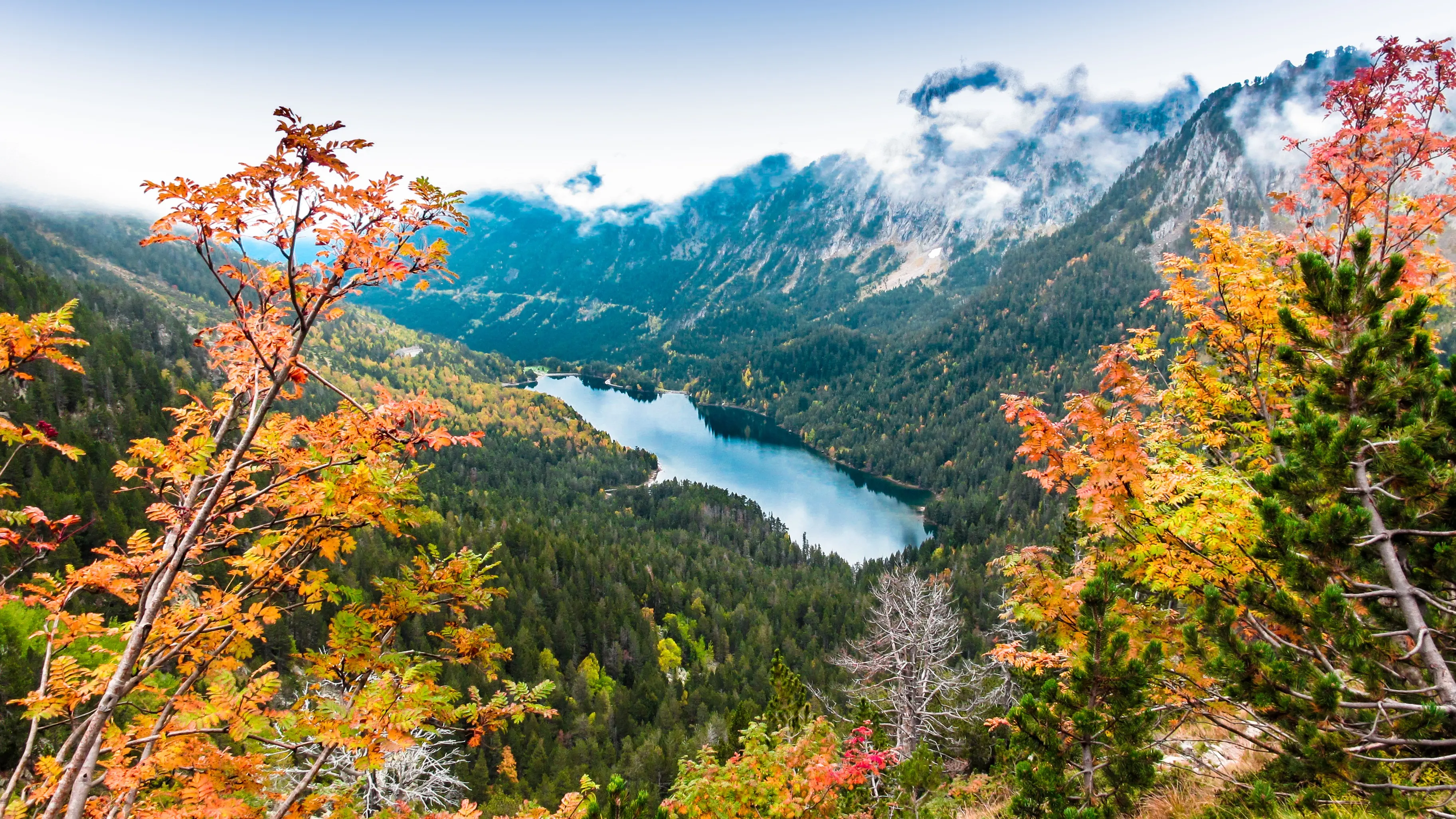
Aigüestortes i Estany de Sant Maurici National Park is one of Catalonia's most popular hiking destinations. Located in the high Pyrenees, Aigüestortes offers spectacular mountain views and numerous hiking trails. It also has over 100 crystal-clear lakes (known as "hanging lakes") that make for great photographs! \If you're looking for a challenge, try climbing up towards Lake Torrallardona—it's one of the highest alpine lakes in Europe at an altitude of about 9,186 feet above sea level. This national park was established in 1955.
Get Your Free Spain Report Today!
Get Your Free Spain Report Today!
Learn more about the lower cost of living in Spain and other countries in our free daily postcard e-letter. Simply enter your email address below and we'll also send you a FREE REPORT — Live the Good Life in Sunny, Affordable Spain.

By submitting your email address, you will receive a free subscription to IL Postcards and special offers from International Living and our affiliates. You can unsubscribe at any time, and we encourage you to read more about our Privacy Policy.
2. Cabañeros National Park
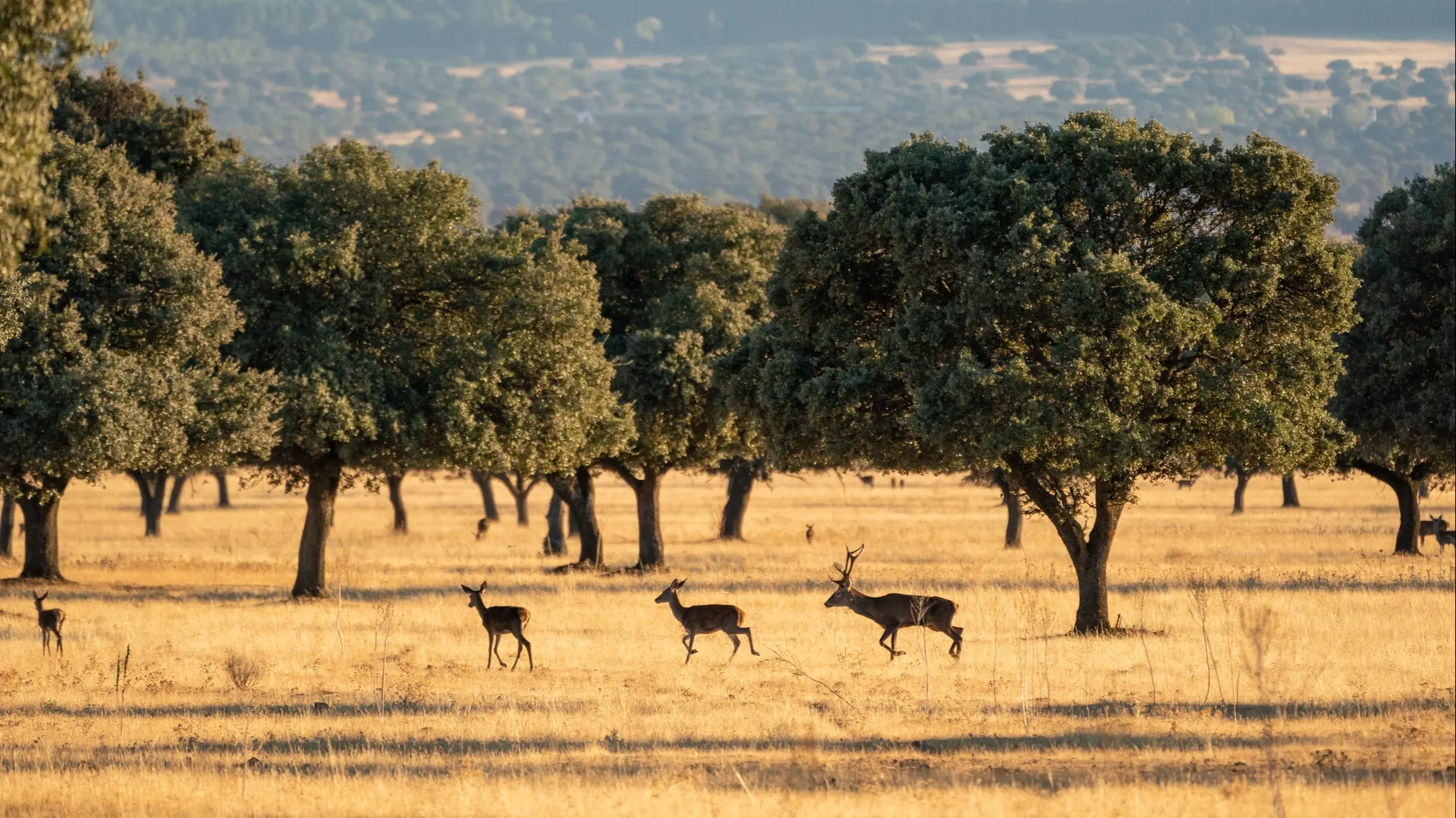
Cabañeros National Park is located in the central Spanish province of Ciudad Real and covers an area of about 100,957 acres. It was established in 1980 as a natural monument, then promoted to national park status in 1989. The park's name comes from "caballería," meaning cavalry— there are many horses that can be seen grazing throughout its meadows. In addition to being home to some fantastic wildlife, this Spanish nature reserve also hosts an annual festival called Feria de San Isidro Labrador, where visitors can enjoy traditional music and dancing every year on May 15.
3. Cabrera Archipelago National Park
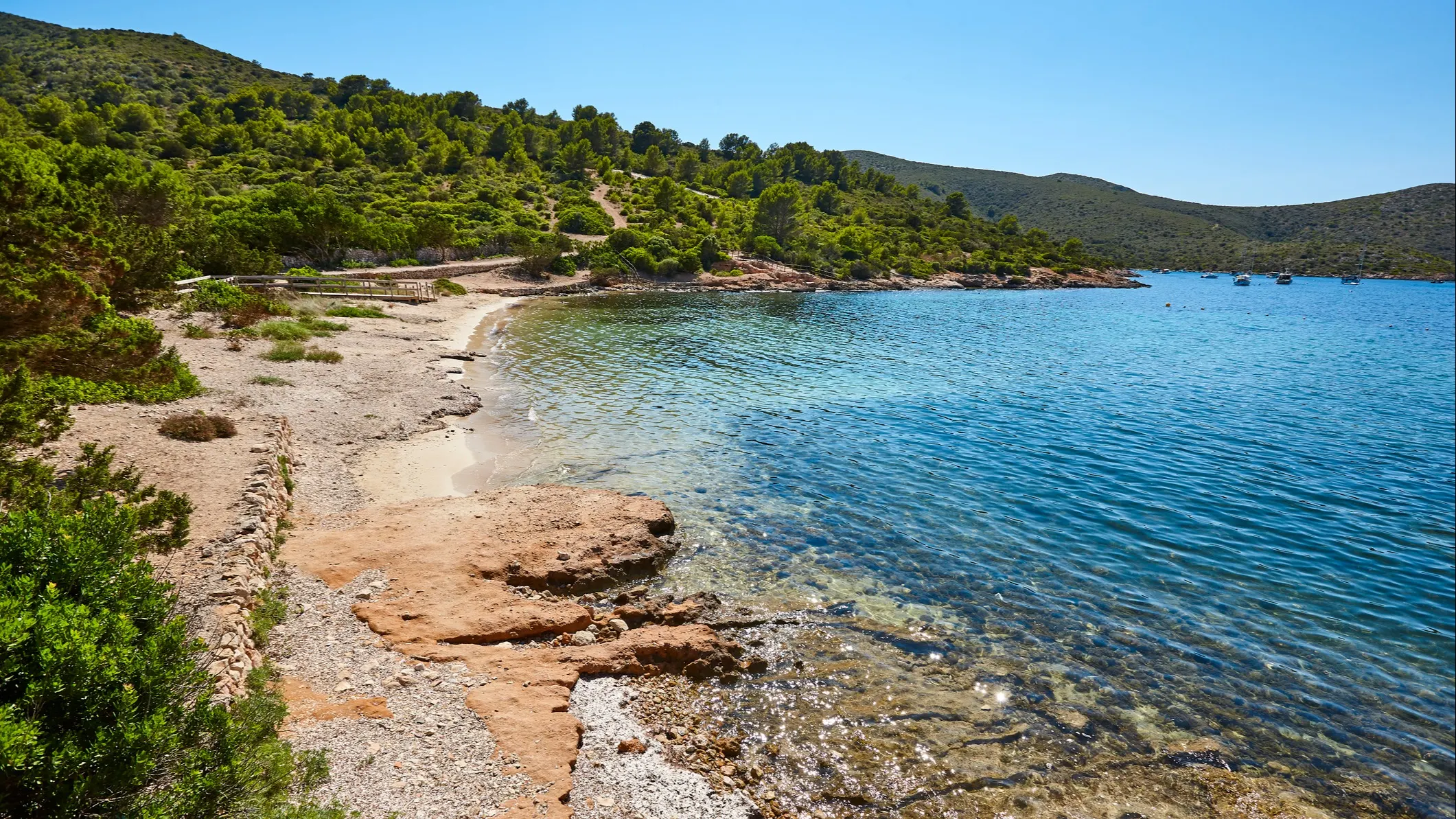
Cabrera Archipelago National Park is made up of 19 islands and islets. It's the largest park in Spain, covering 224,373 acres. The archipelago was designated a nature reserve in 1991 and promoted to national park status in 2002. This Spanish national park is an excellent place for scuba diving as it has many interesting underwater caves and formations.
4. Caldera de Taburiente National Park
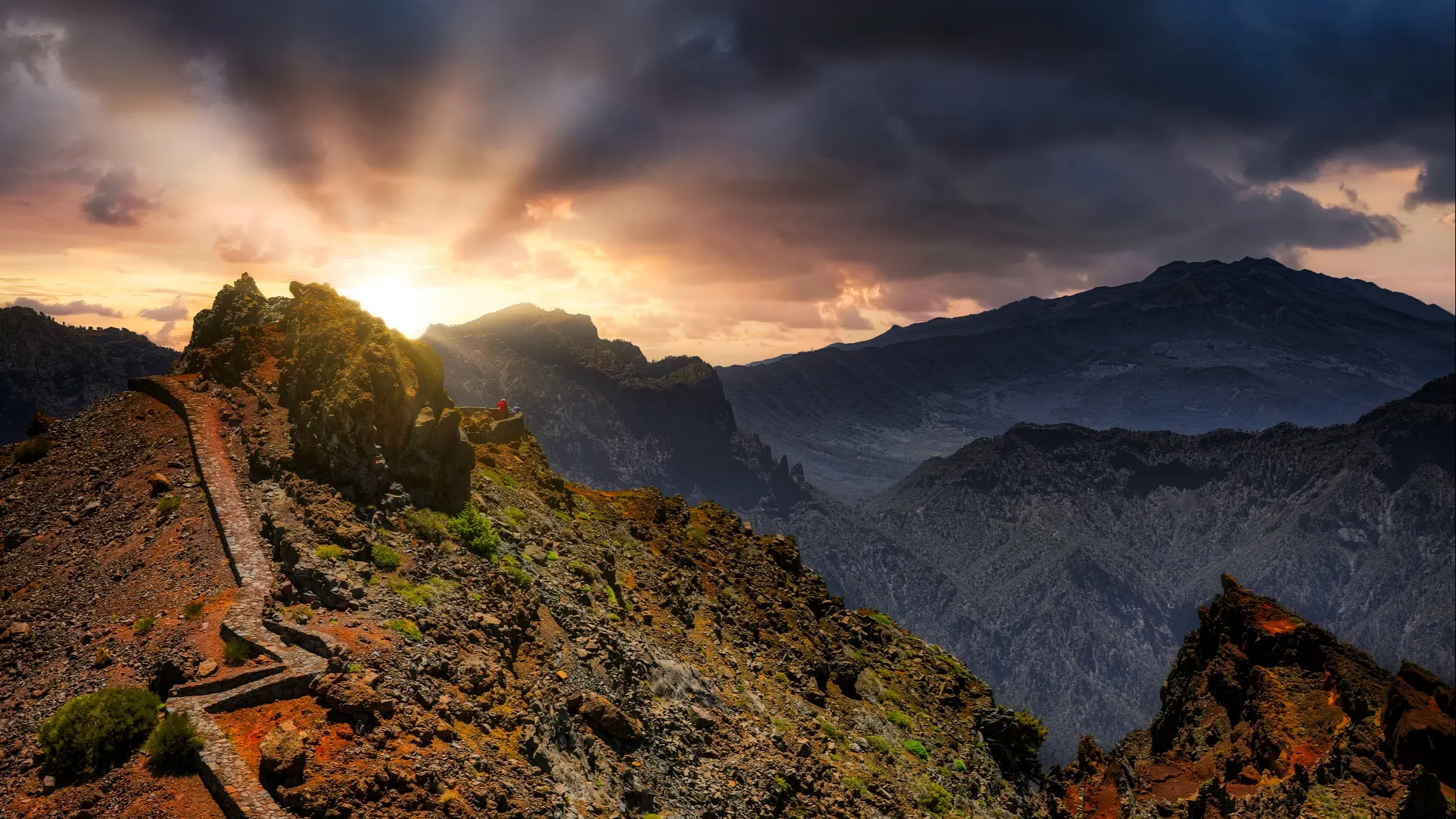
Caldera de Taburiente Spanish National Park is located in Santa Cruz de Tenerife on La Palma, one of the Canary Islands. It covers an area of about 11,589 acres. The Spanish national park’s name comes from "taburiente," meaning crater. It's named after the volcano that once erupted and formed a massive caldera—now extinct. Caldera de Taburiente National Park has been designated since 1954. The Roque de los Muchachos Observatory, home to the most extensive astronomical facilities in the Northern Hemisphere, is here.
Get Your Free Spain Report Today!
Get Your Free Spain Report Today!
Learn more about the lower cost of living in Spain and other countries in our free daily postcard e-letter. Simply enter your email address below and we'll also send you a FREE REPORT — Live the Good Life in Sunny, Affordable Spain.

By submitting your email address, you will receive a free subscription to IL Postcards and special offers from International Living and our affiliates. You can unsubscribe at any time, and we encourage you to read more about our Privacy Policy.
5. Doñana Spanish National Park
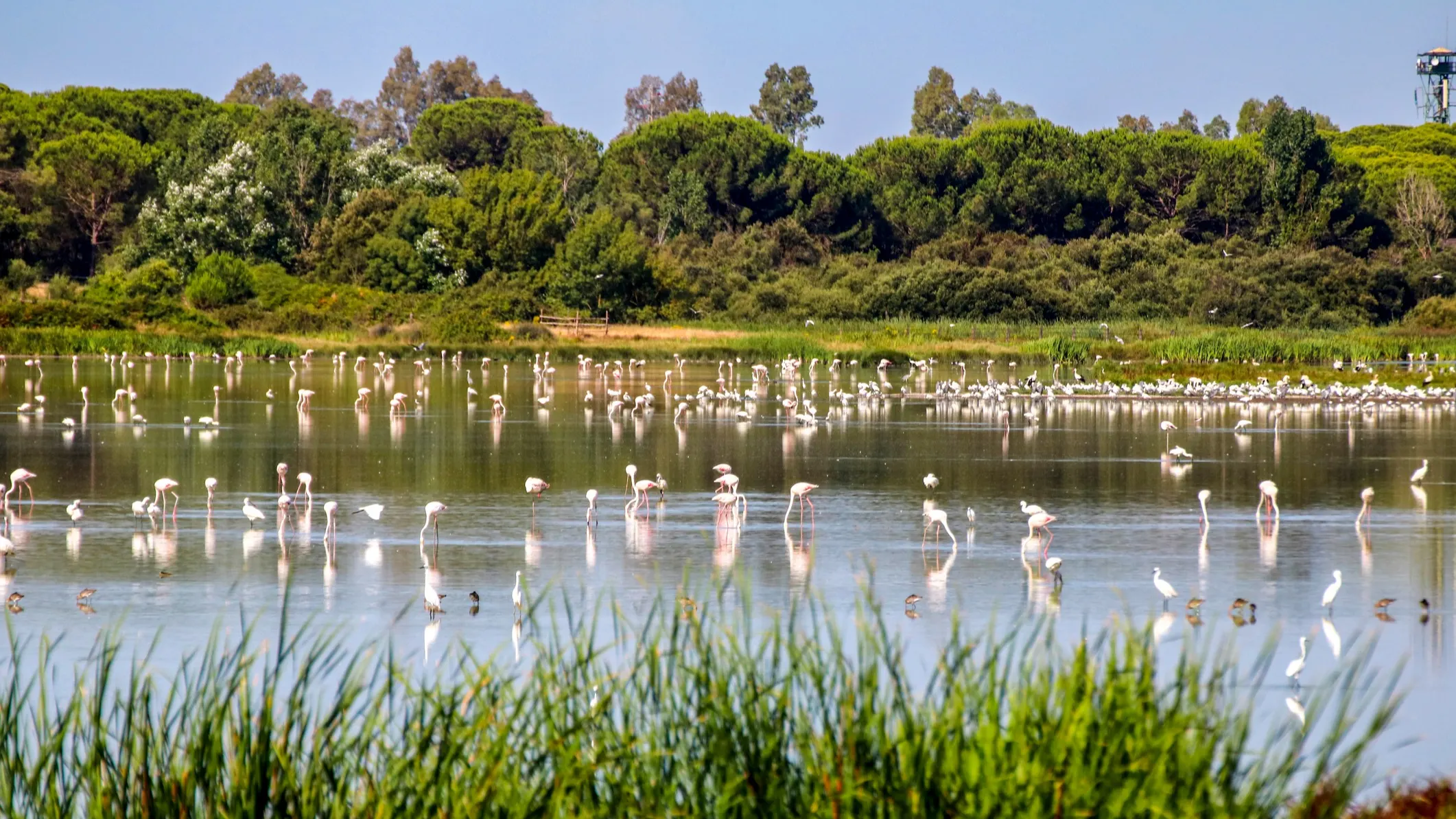
Doñana Spanish National Park is located in Andalusia, along the coast of southern Spain. Doñana covers an area of about 134,060 acres. This Spanish nature reserve was established in 1969. The park features wildlife shelters and a variety of ecosystems. It is home to thousands of European and African migratory birds, Egyptian mongooses, European badgers, fallow deer, Spanish red deer, and wild boars. Endangered species such as the Iberian lynx and the Spanish imperial eagle also call this area home.
6. Garajonay National Park
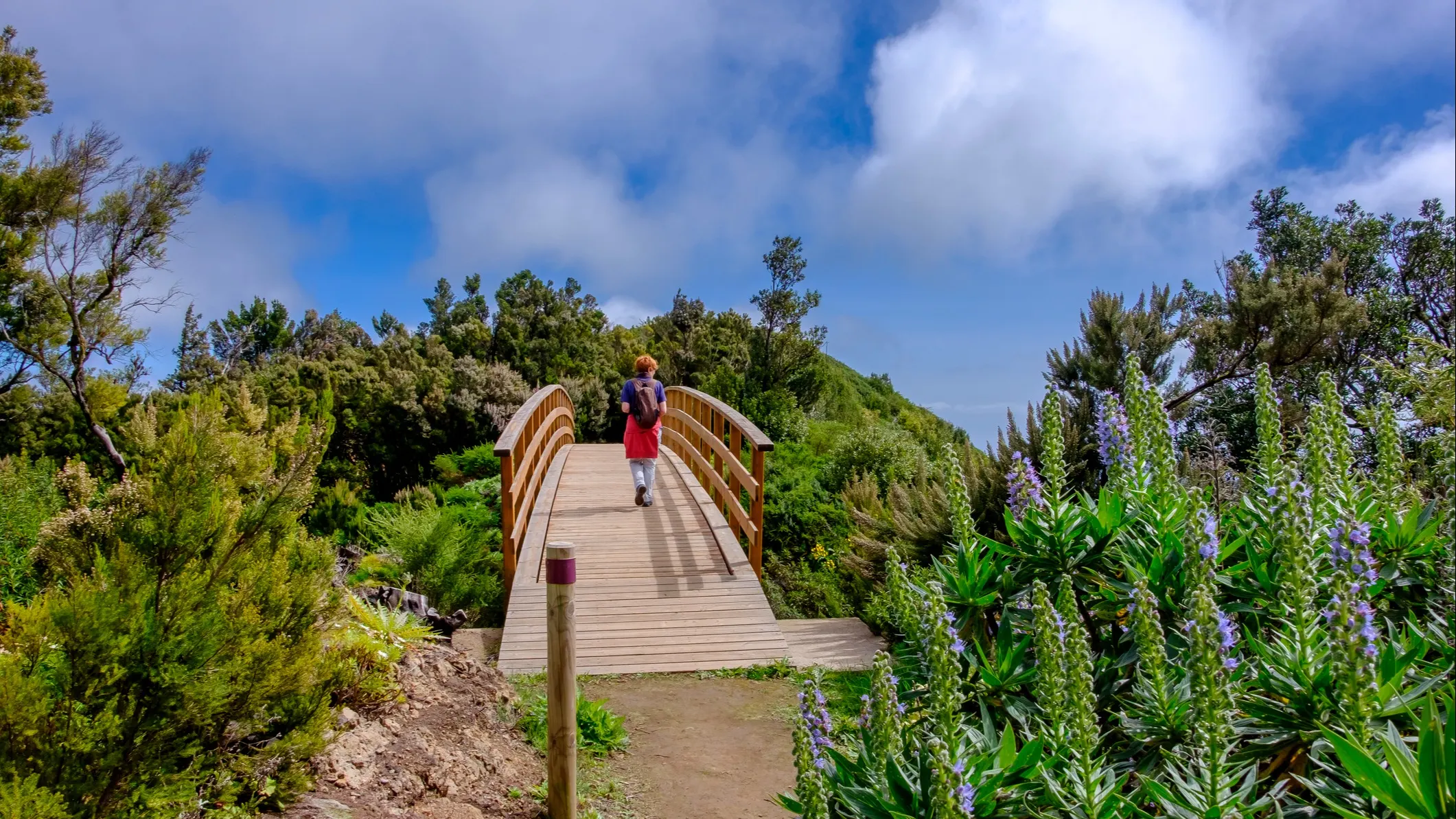
Garajonay National Park is located on the island of La Gomera in the Canary Islands. It is the second smallest national park covering an area of about 9,845 acres. Garajonay National Park was established as a nature reserve, then promoted to national park status in 1981. UNESCO also gave it the status of World Heritage Site in 1986. The park gets its name from "Garajonay," meaning sacred wood—there is a lot of forested land in the park! One of the most popular activities in this Spanish national park is hiking, especially along the Levada del Cedro trail.
Get Your Free Spain Report Today!
Get Your Free Spain Report Today!
Learn more about the lower cost of living in Spain and other countries in our free daily postcard e-letter. Simply enter your email address below and we'll also send you a FREE REPORT — Live the Good Life in Sunny, Affordable Spain.

By submitting your email address, you will receive a free subscription to IL Postcards and special offers from International Living and our affiliates. You can unsubscribe at any time, and we encourage you to read more about our Privacy Policy.
7. Guadarrama National Park
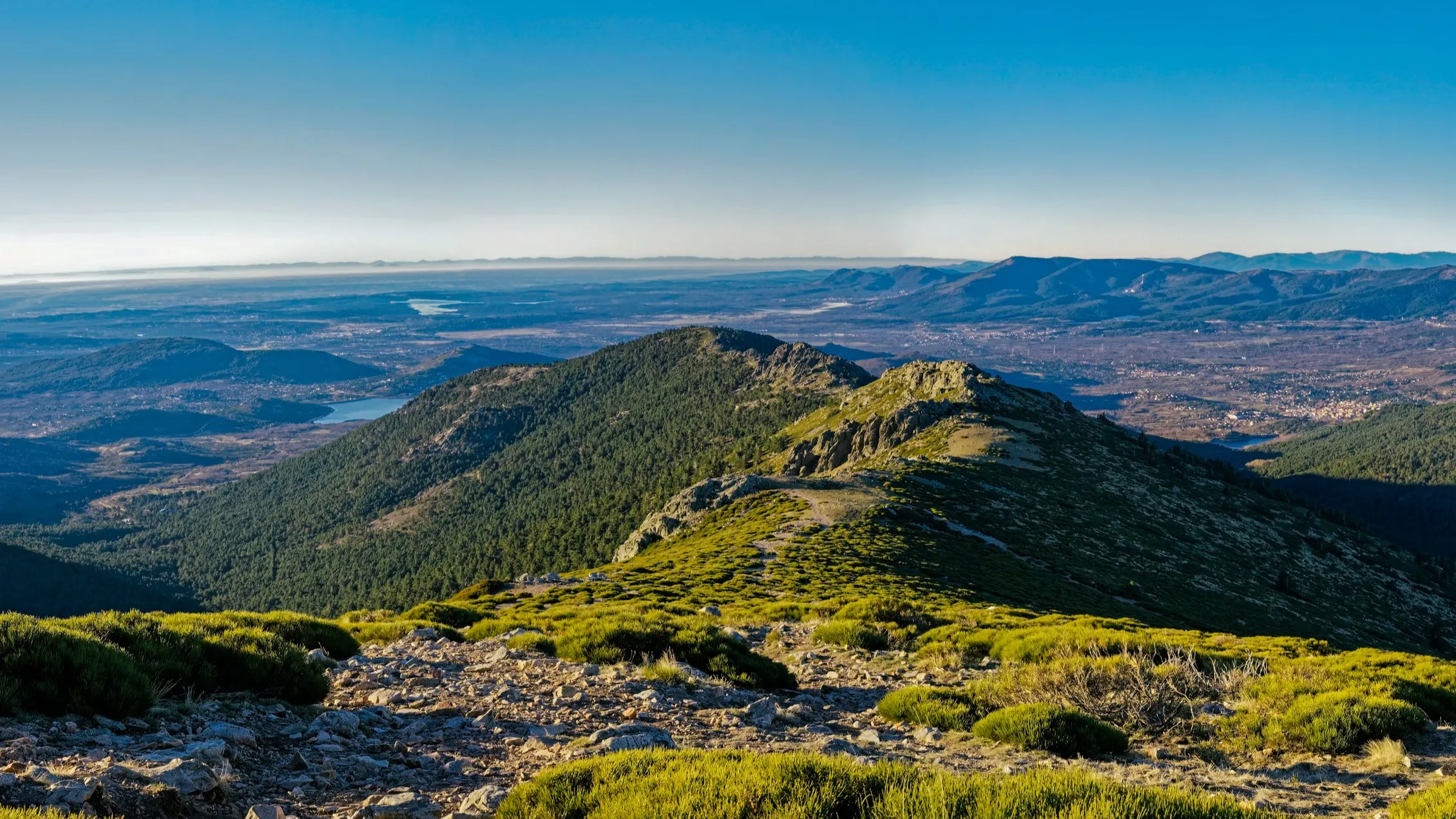
Guadarrama National Park is located just north of Madrid, covering an area of about 83,917 acres. Guadarrama National Park was established as a nature reserve in 1978 and promoted to national park status in 2013. The Spanish national park gets its name from "Guadarrama," meaning watchtower—there are many medieval castles that can be seen throughout its landscape. The national park has declared more than 1,280 different species in the area. Thirteen are considered to be in danger of extinction. More than 1,500 native plants have been discovered, along with 30 different vegetation types.
8. Illas Atlánticas de Galicia National Park
Illas Atlánticas de Galicia National Park is located along the coast of northern Spain. This Spanish nature reserve covers an area of about 3,000 acres of land and a sea area of 18,000 acres. Illas Atlánticas de Galicia National Park was established as a natural park back in 2002. In 2021 it was designated a protected Ramsar site—a wetland site of international importance. The ecosystem contains over 200 species of seaweed. It is also well known for its anemones, corals, and shellfish.
9. Monfragüe National Park
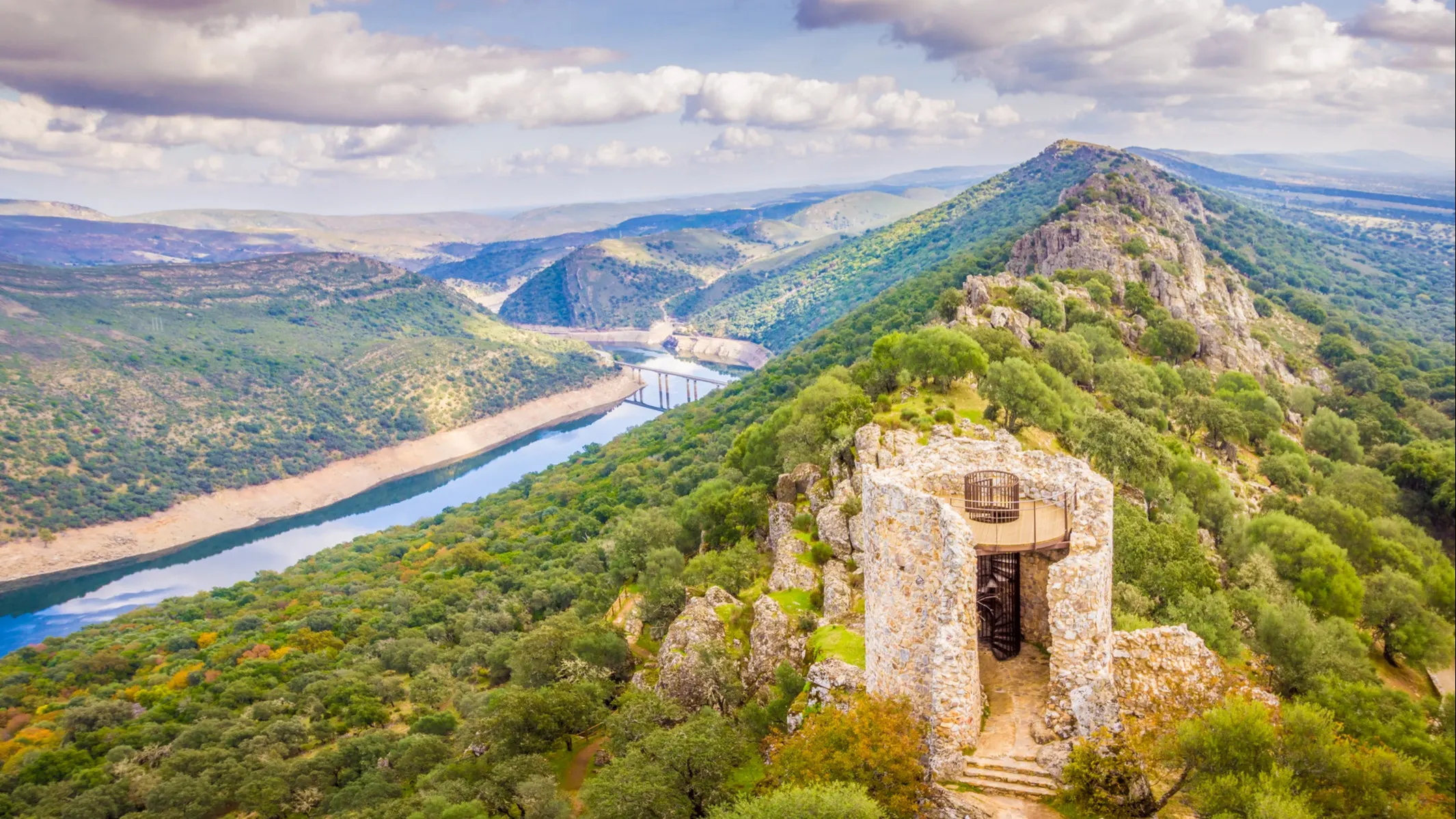
Monfragüe National Park is located in Extremadura, covering an area of about 45,458 acres. This national park was established as a nature reserve in 1972 and promoted to national park status in 2007. One of the most popular activities here is bird watching—over 300 different species have been spotted in Monfragüe National Park. It has more than 15 regularly breeding species of raptors, the world's largest colony of Eurasian black vultures, a large population of griffon vultures, the highest concentration of eagles—Bonelli's, golden, and Spanish imperial eagles.
Get Your Free Spain Report Today!
Get Your Free Spain Report Today!
Learn more about the lower cost of living in Spain and other countries in our free daily postcard e-letter. Simply enter your email address below and we'll also send you a FREE REPORT — Live the Good Life in Sunny, Affordable Spain.

By submitting your email address, you will receive a free subscription to IL Postcards and special offers from International Living and our affiliates. You can unsubscribe at any time, and we encourage you to read more about our Privacy Policy.
10. Ordesa y Monte Perdido National Park
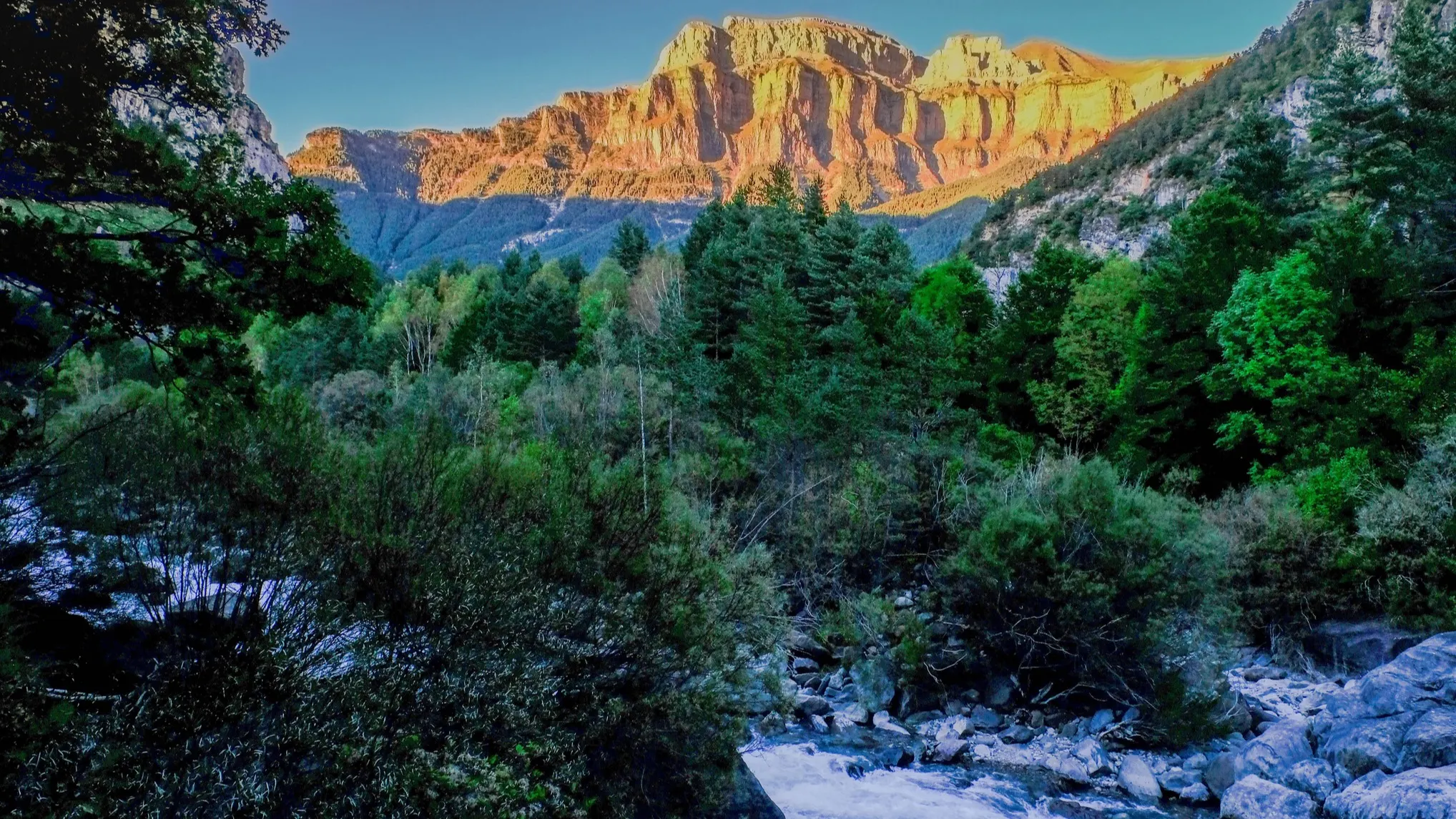
Ordesa y Monte National Park is located in Aragon, covering an area of about 38,568 acres. Ordesa National Park was established as a nature reserve then promoted to a national park in 1918. The most important species in the park are the alpine marmot, the boar, the Pyrenean chamois (a type of goat antelope), and the Pyrenean desman or water-mole.
Unfortunately, the bucardo or Pyrenean ibex went extinct in January 2000. The area is also home to various birds, including the bearded vulture, the eagle-owl, the golden eagle, the griffon vulture, and hawks.
11. Picos de Europa National Park
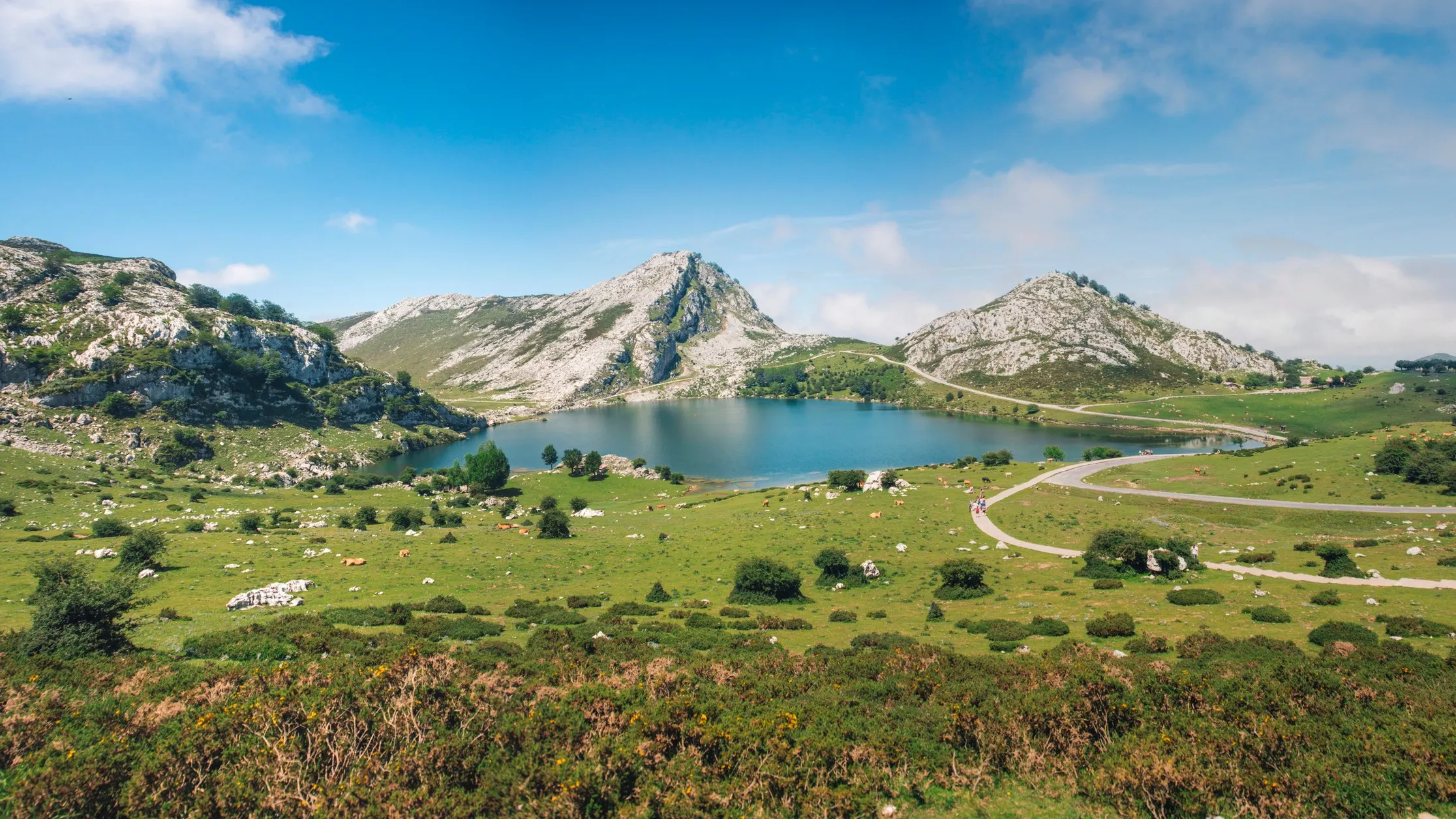
Picos de Europa National Park is located in the autonomous communities of Asturias, Cantabria, and Castile and León. It covers an area of about 165,874 acres. Picos National Park received its status in 1918, becoming the first national park in Spain. It received the Biosphere Reserve status by UNESCO in 2003. Many protected animals live here, like the Cantabrian capercaillie, the Cantabrian chamois, the bearded vulture, the Cantabrian brown bear, and the Iberian wolf. One of the most popular activities here is hiking along these well-marked paths. You probably won't want to go hiking in the winter. A record low temperature of −32.4 F was recorded in the area on January 7, 2021.
12. Sierra Nevada National Park
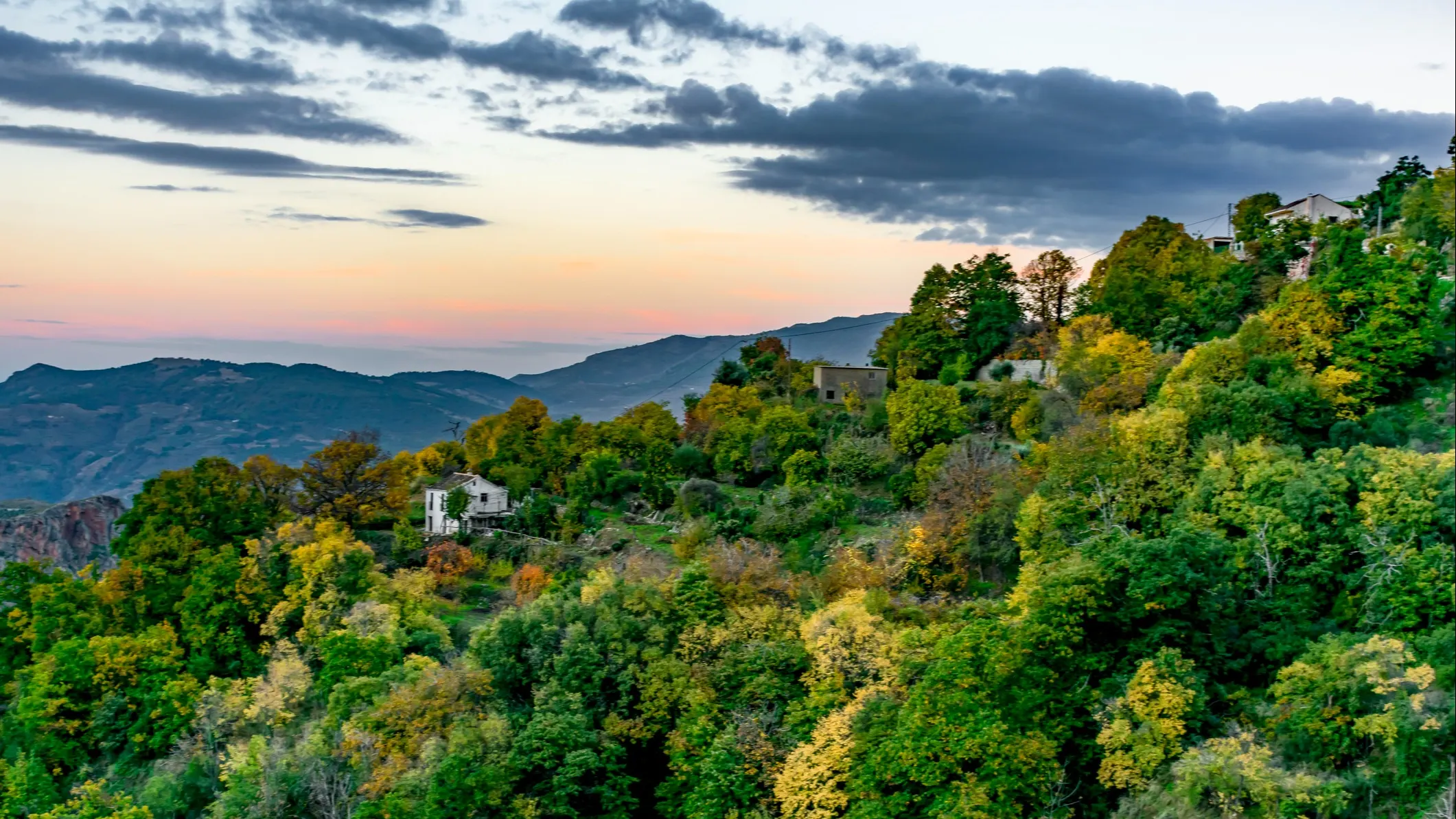
Sierra Nevada National Park is located in Andalusia, just south of Granada. This Spanish nature reserve covers an area of about 212,222 acres. Sierra Nevada National Park was established as a nature reserve in 1931 and promoted to national park status in 1999. The Spanish national park gets its name from "sierra," meaning mountain range, and "nevada," meaning snow-capped—the highest peak here is Mulhacén at an altitude of 11,424 feet. The park also offers 14 other peaks reaching over 9,800 feet. One of the most popular activities here is skiing—there are six ski resorts in Sierra Nevada National Park.
Get Your Free Spain Report Today!
Get Your Free Spain Report Today!
Learn more about the lower cost of living in Spain and other countries in our free daily postcard e-letter. Simply enter your email address below and we'll also send you a FREE REPORT — Live the Good Life in Sunny, Affordable Spain.

By submitting your email address, you will receive a free subscription to IL Postcards and special offers from International Living and our affiliates. You can unsubscribe at any time, and we encourage you to read more about our Privacy Policy.
13. Sierra de las Nieves National Park
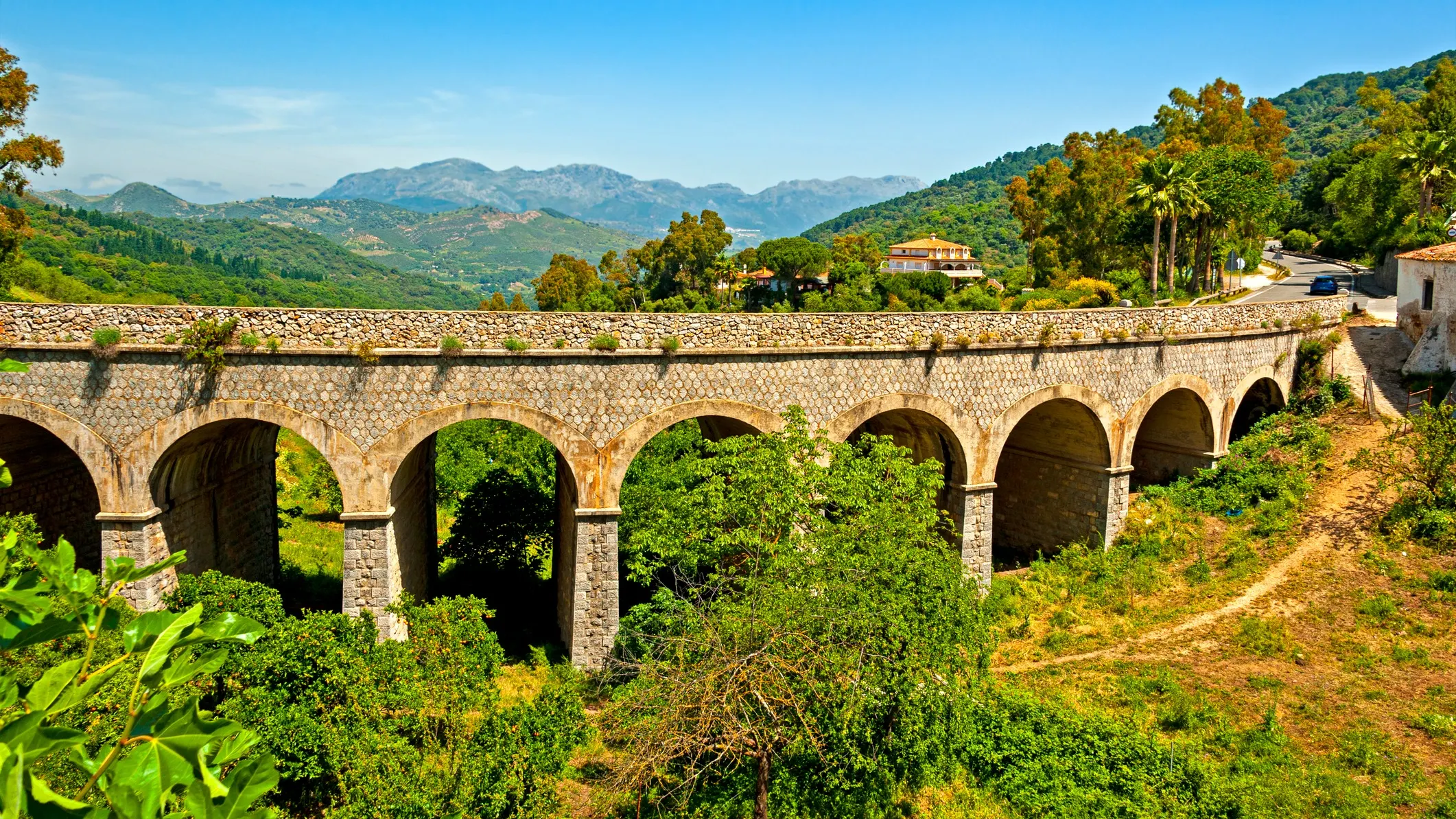
The Sierra de las Nieves National Park is the newest park to receive national park status in Spain. It became the 16th national park in Spain on July 1, 2021. Spanning about 56,784 acres, with little human influence, the area has a wide variety of flora and fauna. There are several caves in the park, and it is also well known for numerous shafts. These can be very dangerous as some are known to have drops of over 328 feet.
14. Tablas de Daimiel National Park
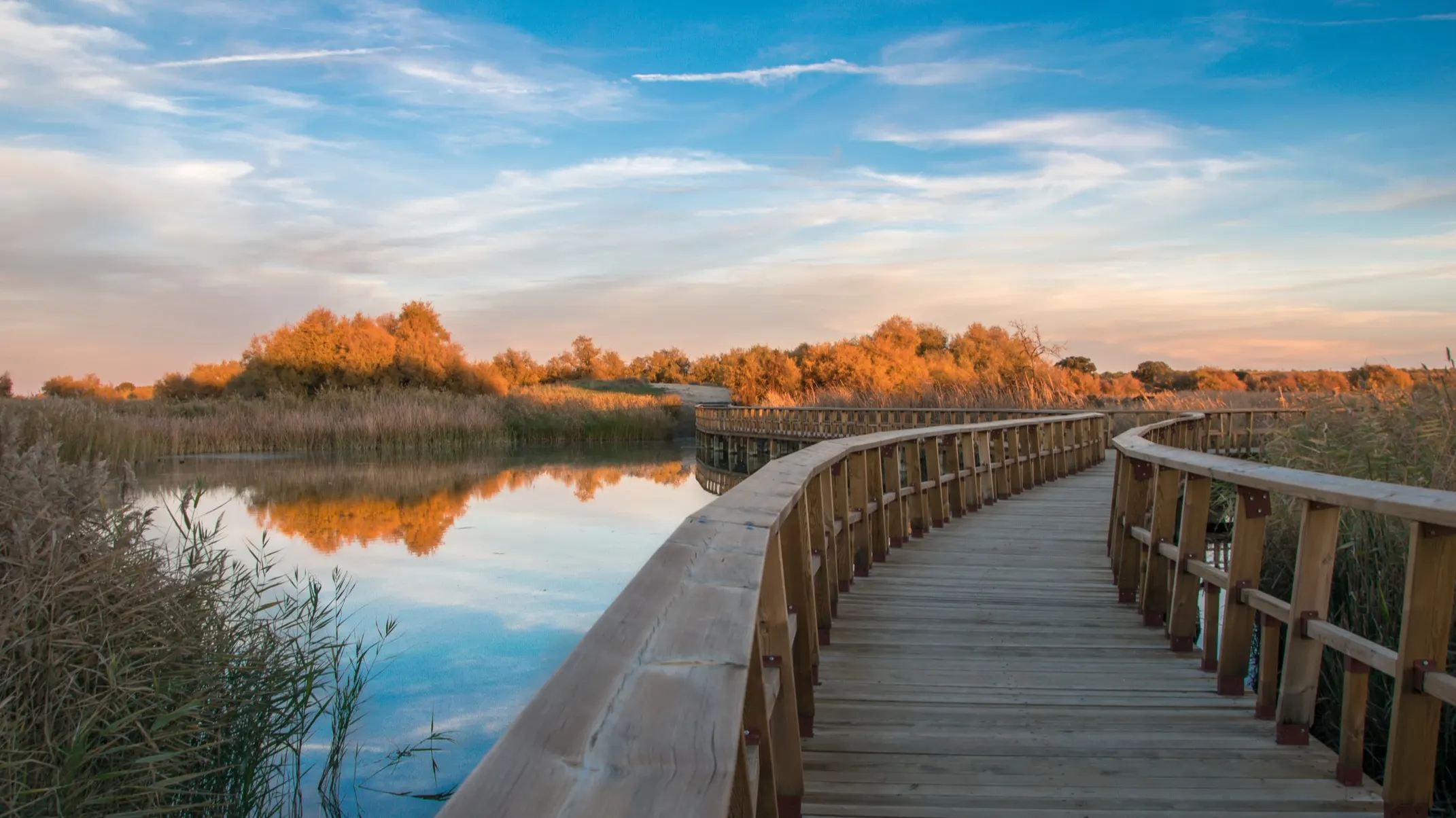
Tablas de Daimiel National Park is located in Castile-La Mancha, covering an area of about 7,487 acres. It is the smallest national park in Spain; however, efforts are being made to expand the park's size. Tablas de Daimiel National Park was established as a national park in 1973. One of the most popular activities here is bird watching—over 300 different species have been spotted in Tablas de Daimiel National Park.
15. Teide National Park
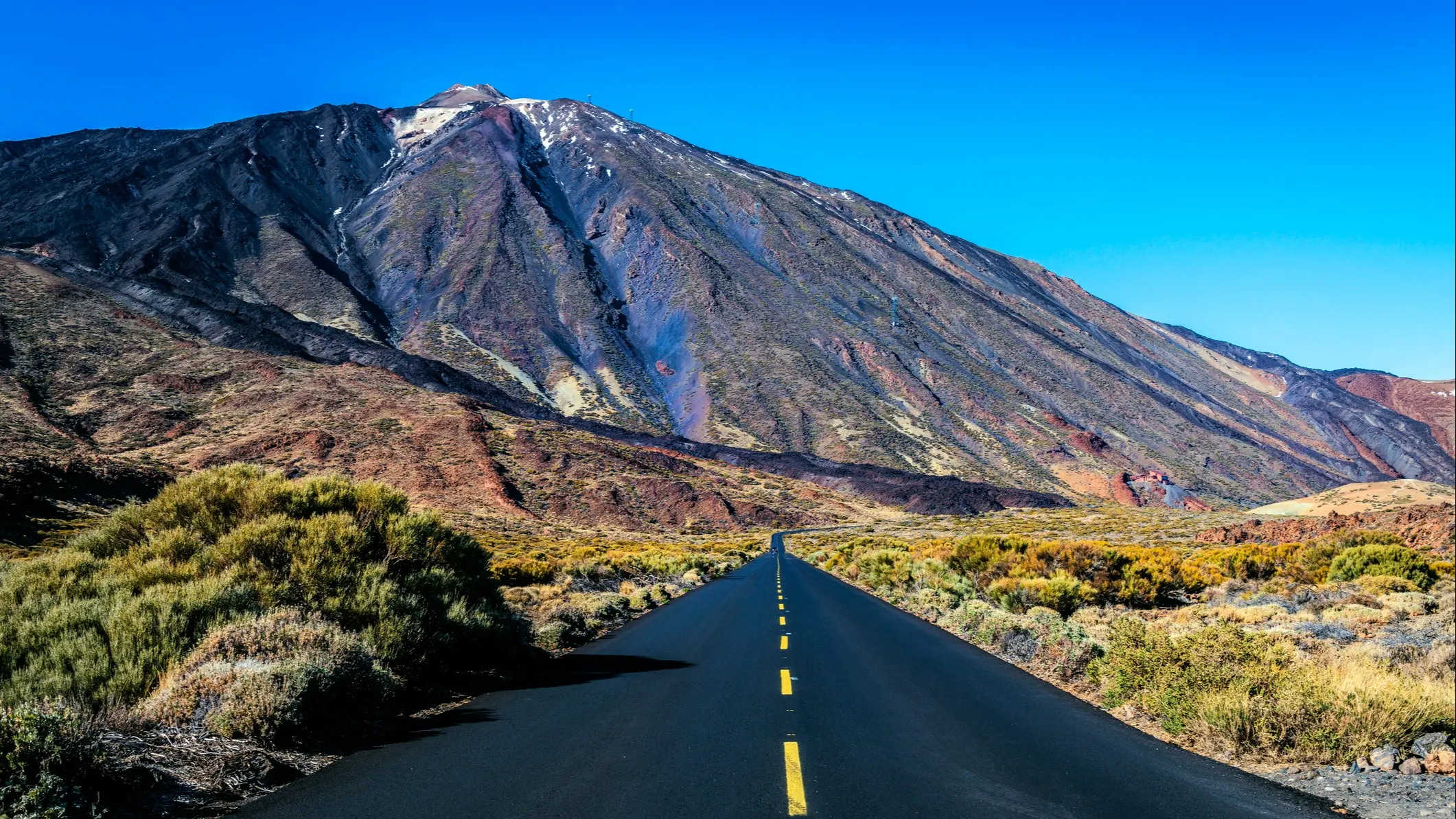
Teide National Park is located on Tenerife Island, one of the Canary Islands. This Spanish national park covers an area of about 46,925 acres and was established as a national park in 1954. You will discover Mount Teide, Spain's highest mountain, within this park. The spectacular drive will bring you from the warm, sunny beaches, to forested areas, up volcanic mountains, through the clouds to the snow-capped mountain top. The UNESCO World Heritage Site also contains a few birds and animals and the fragile Canary Island pine and cedar trees.
Get Your Free Spain Report Today!
Get Your Free Spain Report Today!
Learn more about the lower cost of living in Spain and other countries in our free daily postcard e-letter. Simply enter your email address below and we'll also send you a FREE REPORT — Live the Good Life in Sunny, Affordable Spain.

By submitting your email address, you will receive a free subscription to IL Postcards and special offers from International Living and our affiliates. You can unsubscribe at any time, and we encourage you to read more about our Privacy Policy.
16. Timanfaya National Park
Timanfaya National Park is located in Las Palmas on Lanzarote Island, covering an area of about 12,620 acres. It is the only natural park in Spain which is entirely geological, and the parkland is solely made up of volcanic soil. Timanfaya was established as a national park in 1974.
No matter which national park you go to, you will enjoy some of the beauty Spain has to offer. I hope you can visit several of the parks.
Related Articles
There Are Many Reasons for Moving to Spain
